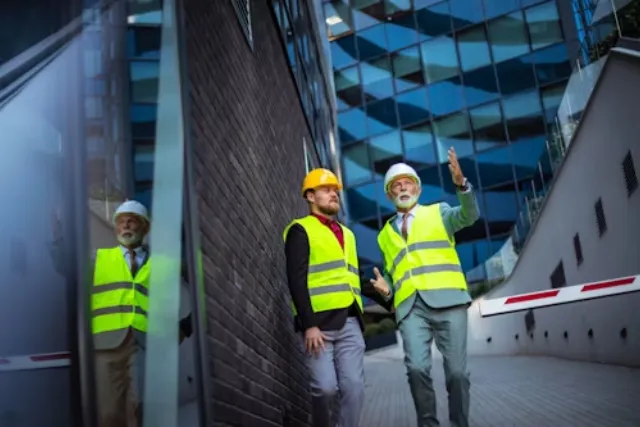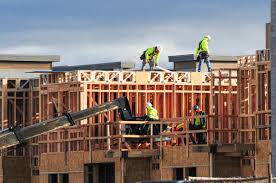
BUFFALO, N.Y. — In a sweeping step toward its climate action goals, New York State will soon require most new buildings to be fully electric — eliminating fossil fuel heating and cooking in new construction starting January 2026.

The new mandate, which stems from the state’s 2019 Climate Leadership and Community Protection Act, was officially added to New York’s building code this month by the State Fire Prevention and Building Codes Council.
Under the new rules, all new residential buildings under seven stories must be built with electric heating systems and appliances. Larger buildings and certain facilities like hospitals, restaurants, factories, and agricultural structures are exempt for now — but state leaders have made it clear that the long-term goal is to transition every building to electric.
The move was celebrated in a Friday Zoom call that brought together lawmakers and environmental advocates from across the state, especially in the New York City region.
NYS Assemblymember Emily Gallagher, who represents Brooklyn, hailed the decision: “I am so proud to be here on this amazing day where the All Electric Building Act is in code. And that is something that we have worked for so long to achieve.”
State Senator Liz Krueger, a key Democratic voice from Manhattan, echoed that the new requirements are just the beginning. “That's what we're talking about basically here today — requirements for new buildings coming online. Although full electric will have to be every building at some point,” Krueger said, hinting at the broader push to phase out gas furnaces and appliances as they age out.
The goal is clear: tackle the emissions from the state’s buildings, which account for a significant share of New York’s carbon footprint. The policy fits into a larger plan to curb greenhouse gas emissions, expand renewable energy, and modernize the state’s aging power grid.
But while environmental advocates celebrated the milestone, not everyone is cheering. Many homebuilders, especially upstate, say the policy could push up construction costs at a time when buyers are already grappling with high interest rates and tight housing supply.

Phil Nanula, President of the Buffalo Niagara Builders Association and Essex Homes, says the new all-electric code will make building new homes more expensive. “New York State ... it's been difficult to get anyone to really listen to any logic on the problems that this poses to us as builders. It was going to create about a $20,000 increase in the cost to build a home,” Nanula said.
Some residents and utility companies also worry about how the extra electricity will be generated. While the state is ramping up renewables, natural gas and other fossil fuels still make up a large share of the grid’s supply — meaning an all-electric mandate could indirectly still rely on carbon-heavy sources.
Governor Kathy Hochul herself has acknowledged the pace of New York’s ambitious climate changes may need tweaking to protect households from sudden price spikes. During a visit to Hamburg, she told reporters: “I've had to take a close look and realize that we cannot accomplish what those objectives were, back before I became Governor, in a time frame that is not gonna hurt ratepayers, so we're slowing things down.”
Some developers, labor unions, and gas utility groups had sued in federal court to block the new requirements, arguing they overstep local control and threaten jobs in fossil fuel industries. But earlier this week, a federal judge dismissed that lawsuit, clearing the way for the policy to move forward as planned.
There’s no immediate impact for existing homes or renovations — but over time, as old gas furnaces and stoves fail, the state’s climate plan calls for them to be replaced with electric heat pumps and other non-fossil-fuel alternatives.
In the coming months, building professionals say they’ll be watching for more details on how the code will be enforced, how the grid will handle increased demand, and what financial support might help homeowners and builders adapt.
While the road to a fully electric future won’t be simple — or cheap — state leaders say it’s a vital piece of New York’s commitment to climate leadership and a cleaner energy future.
New York’s all-electric building code signals a seismic shift in how the state plans to build homes — but it also opens a new front in the balancing act between bold climate goals and the economic realities of building affordable housing.
Originally reported by Ron Plants in WGRZ News.